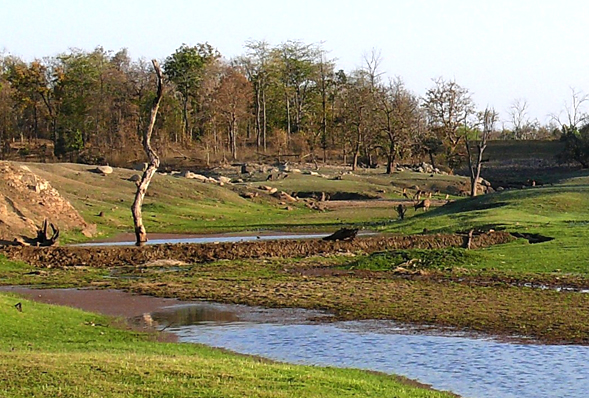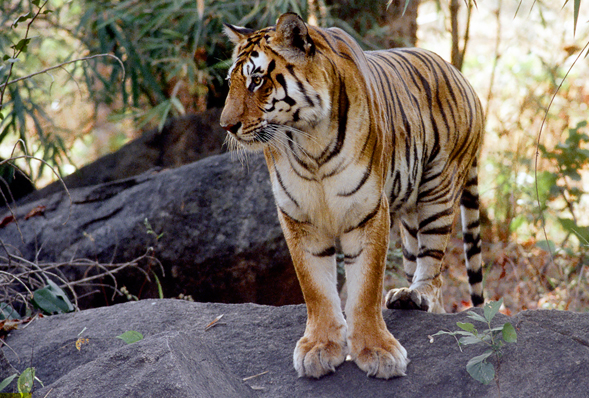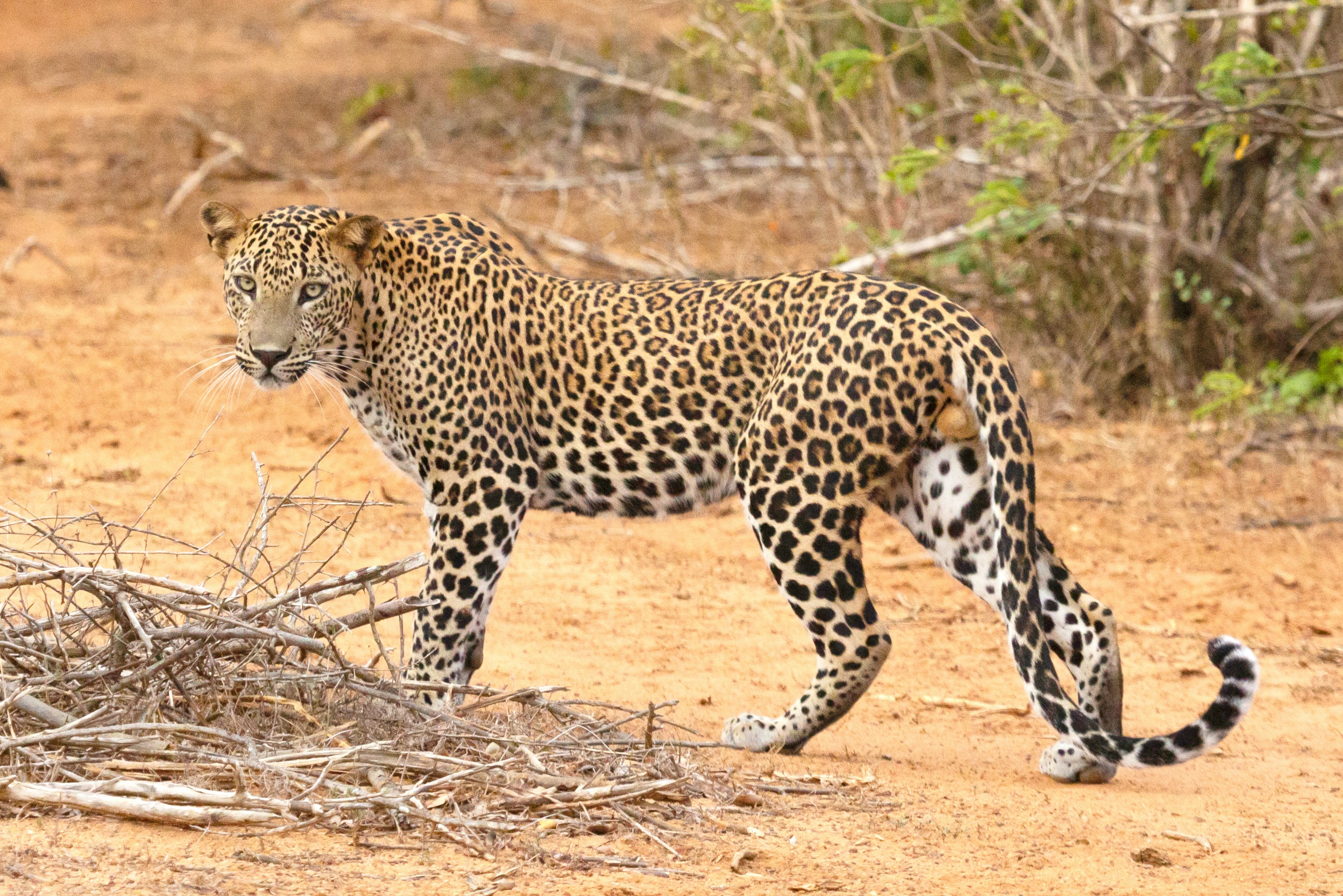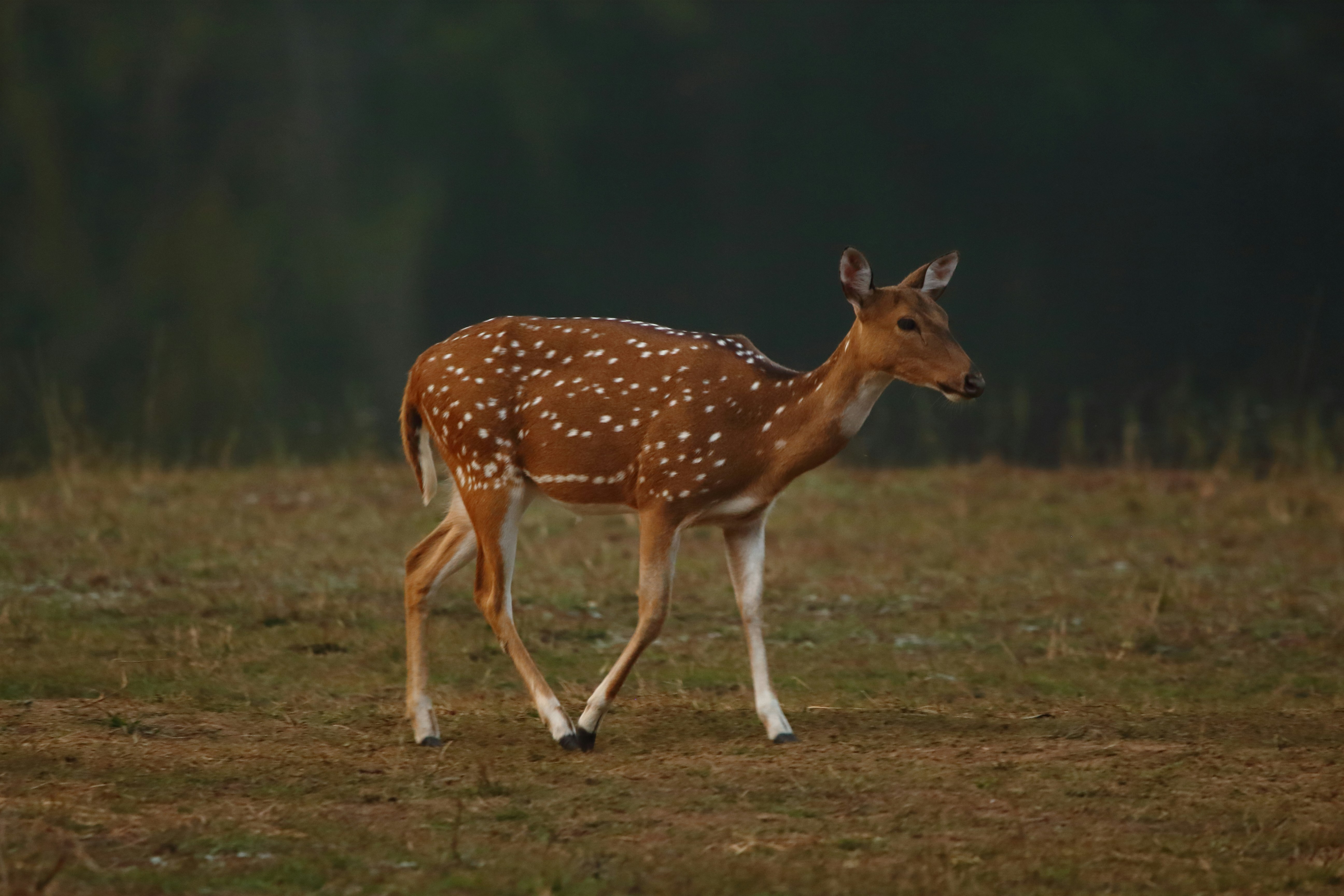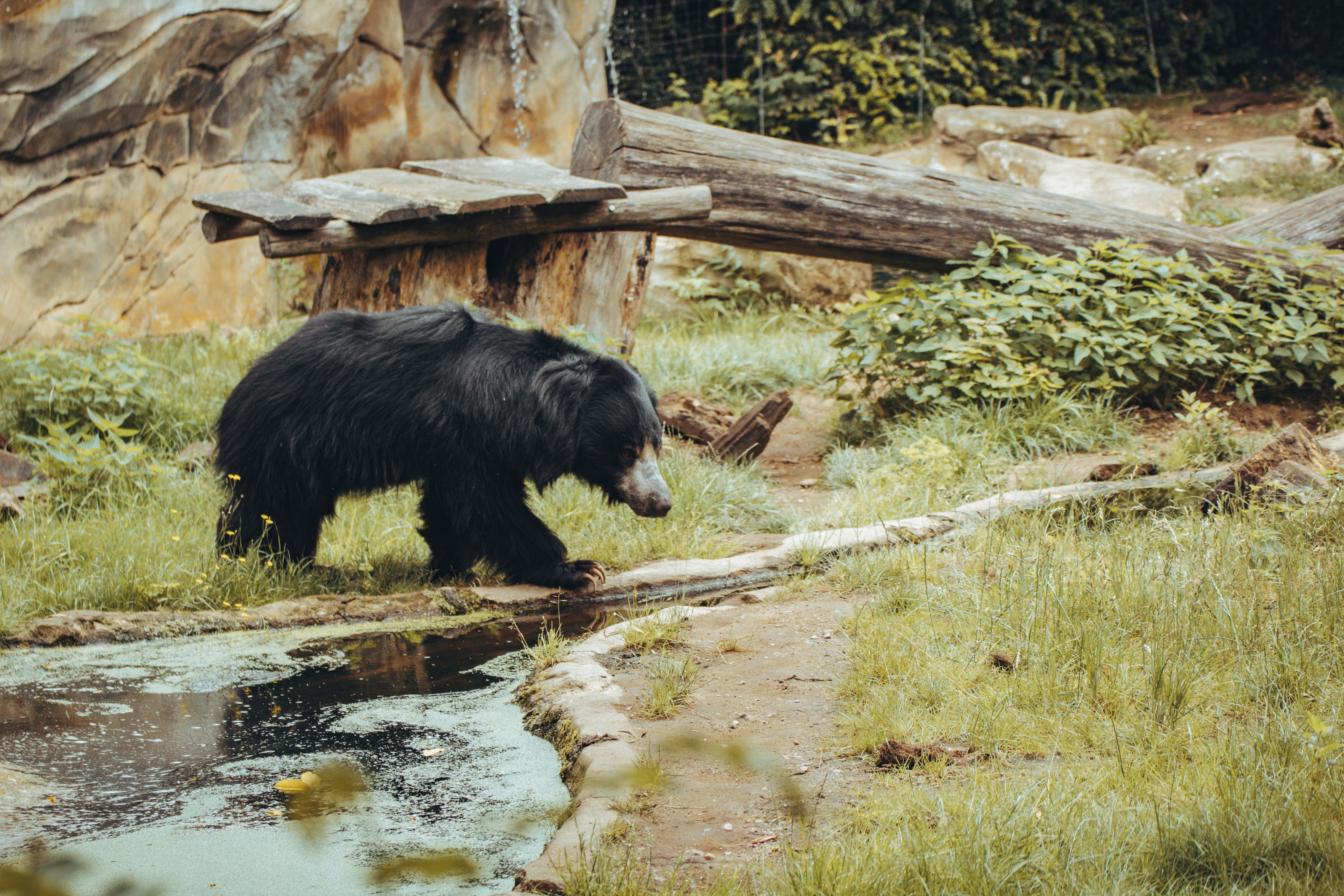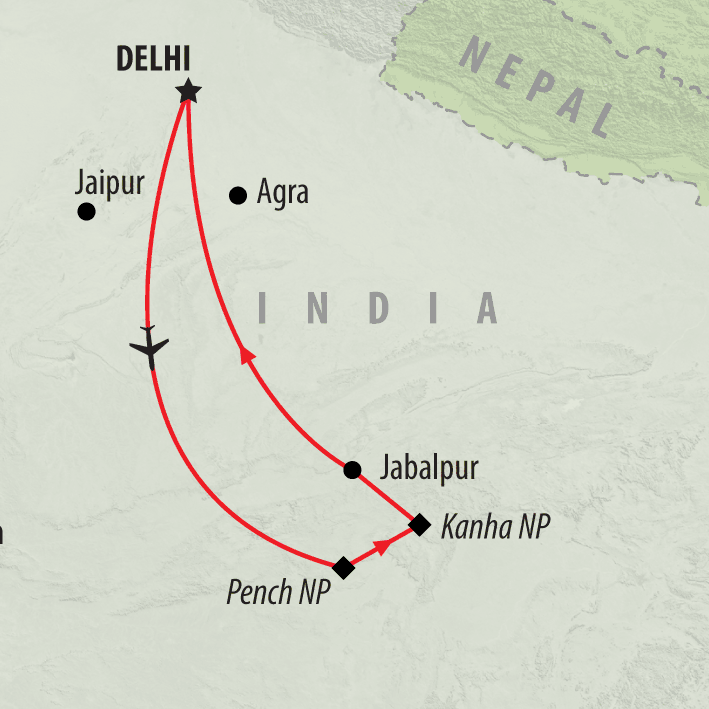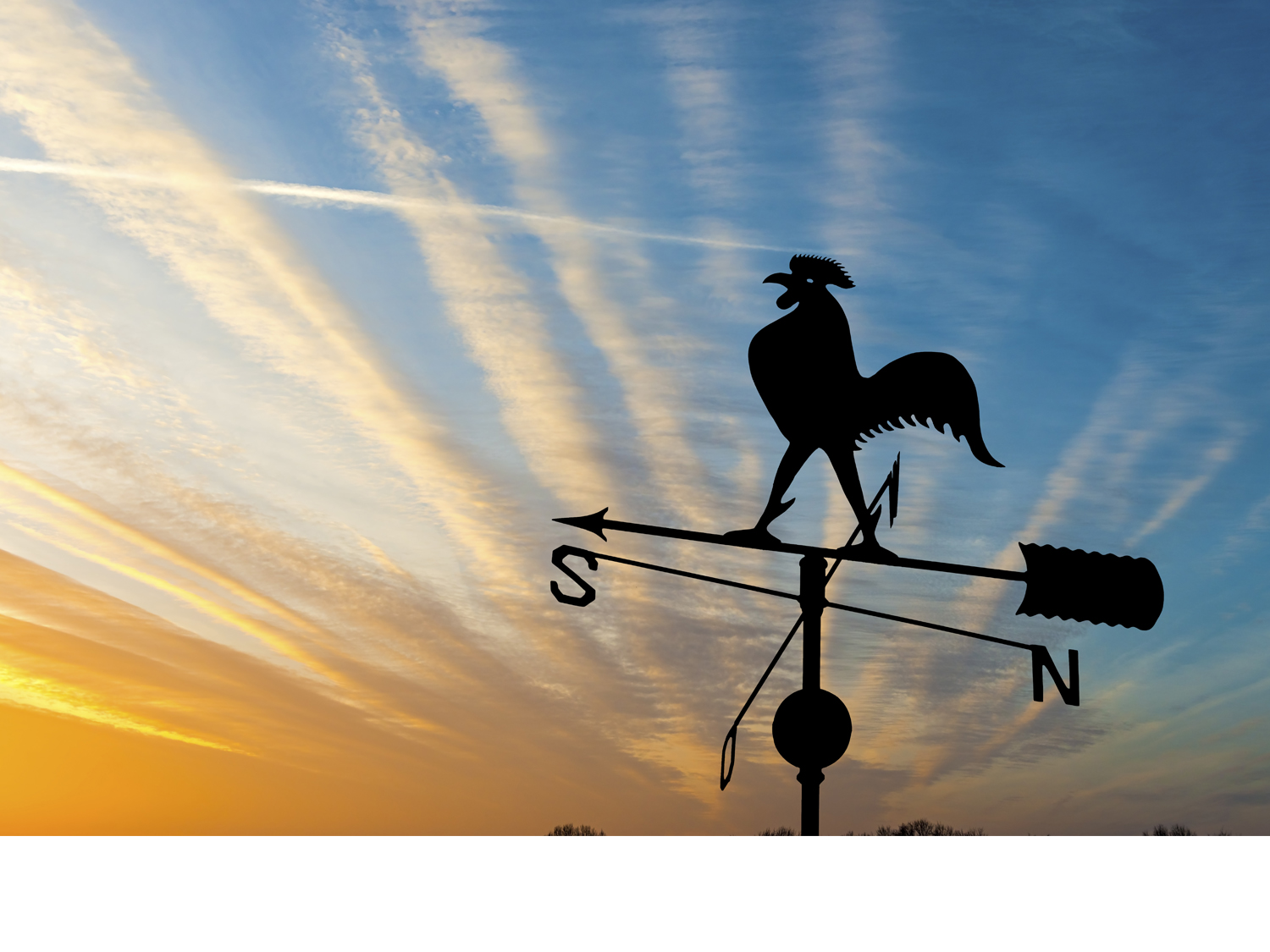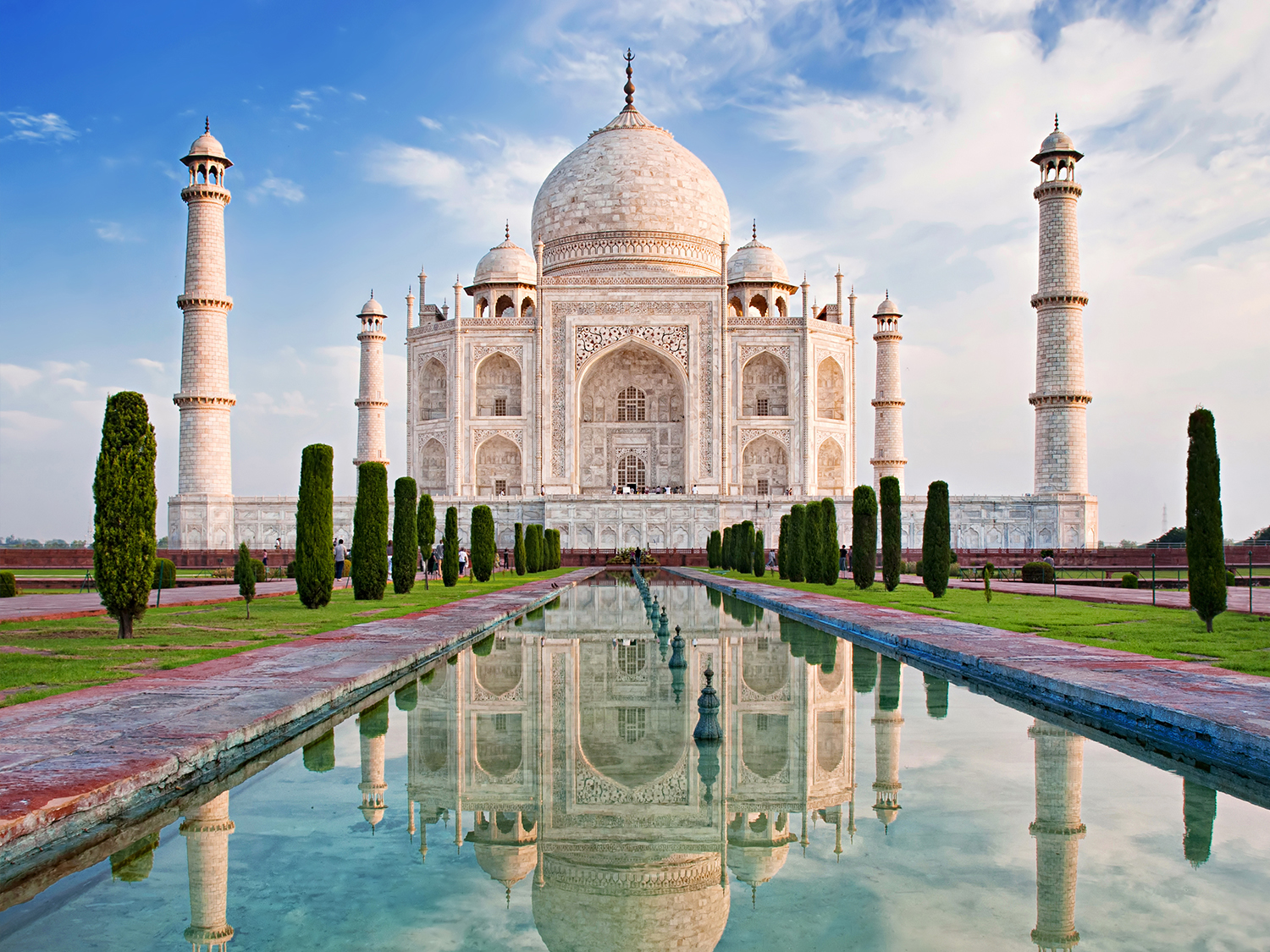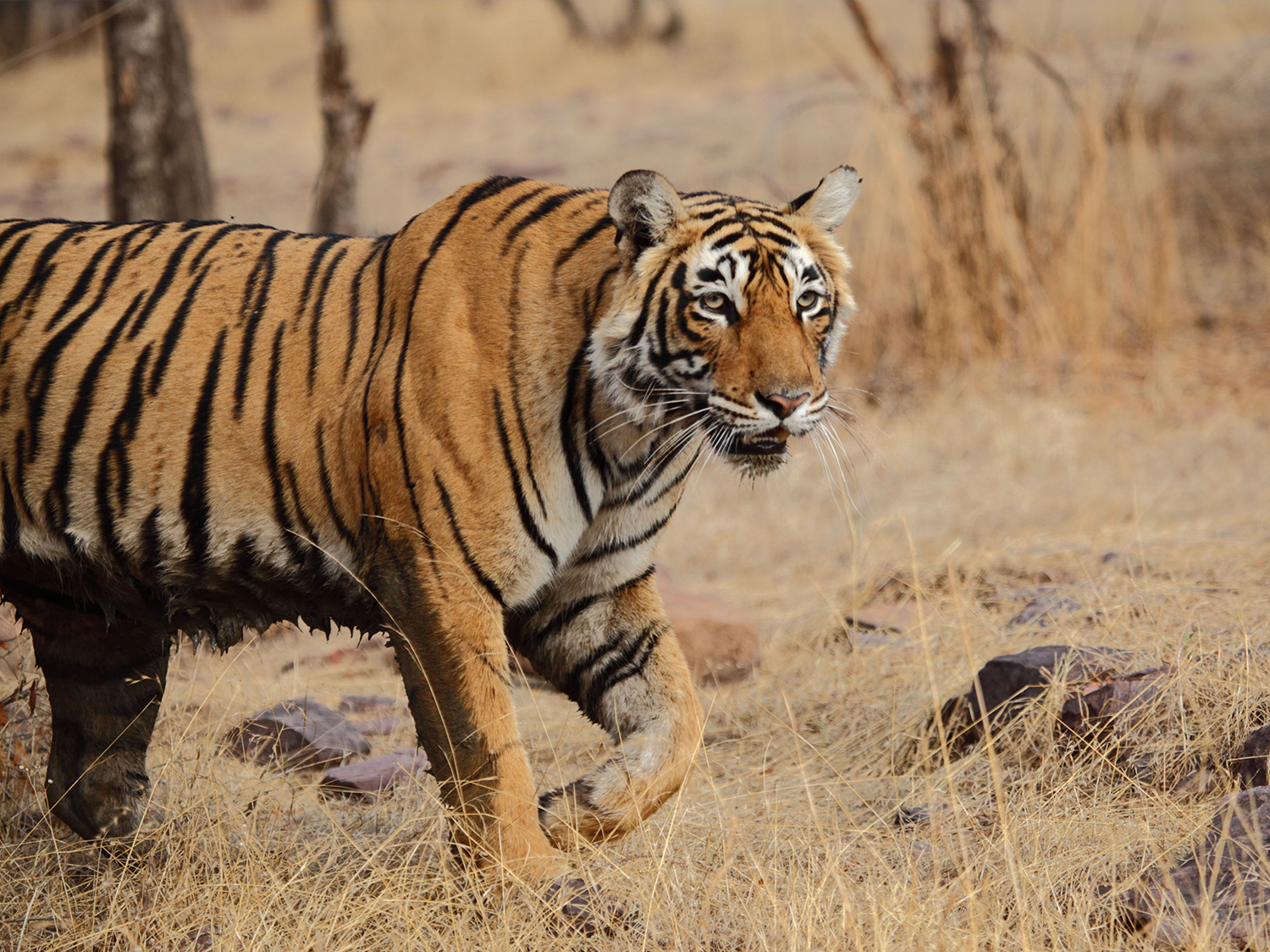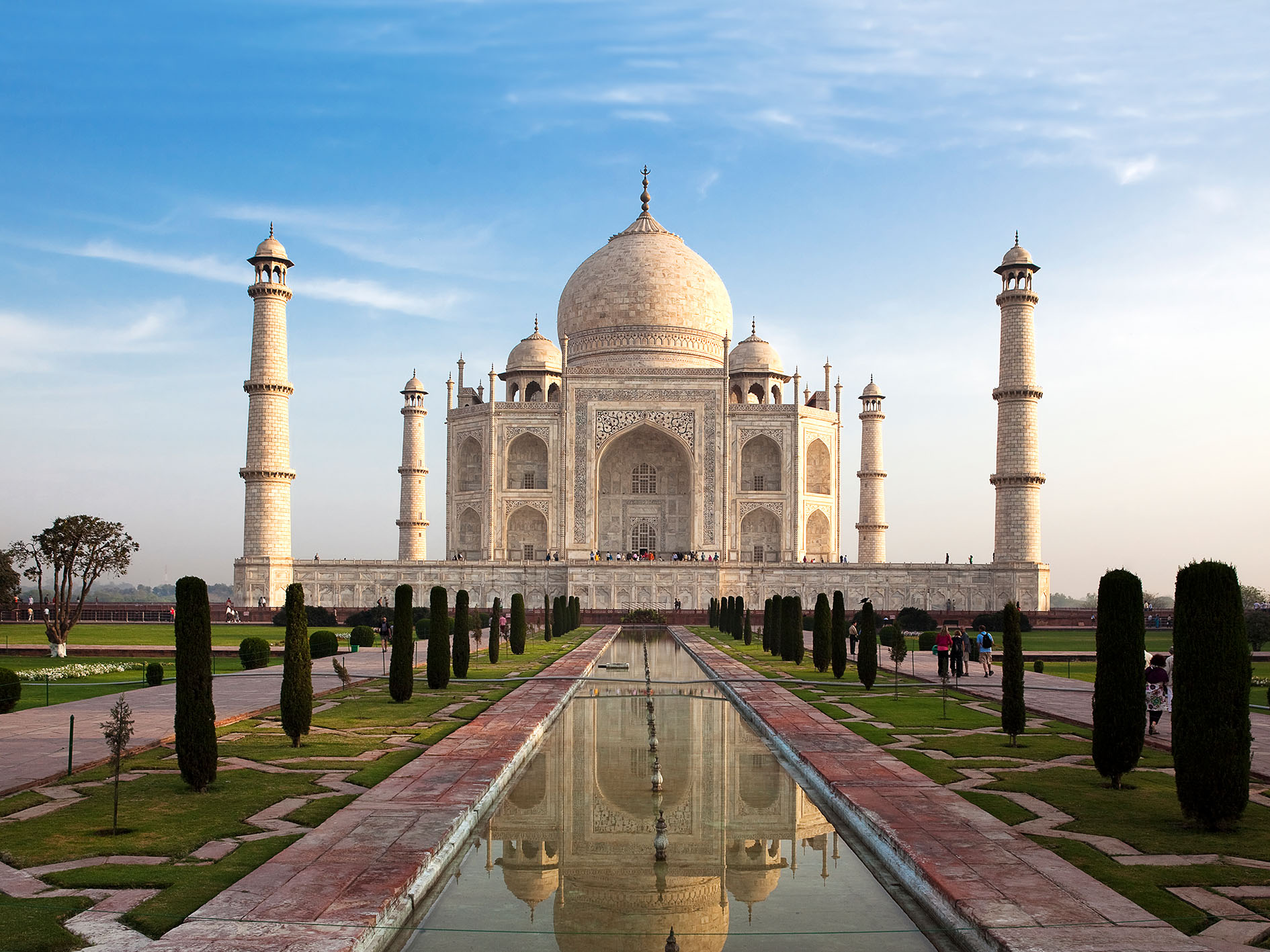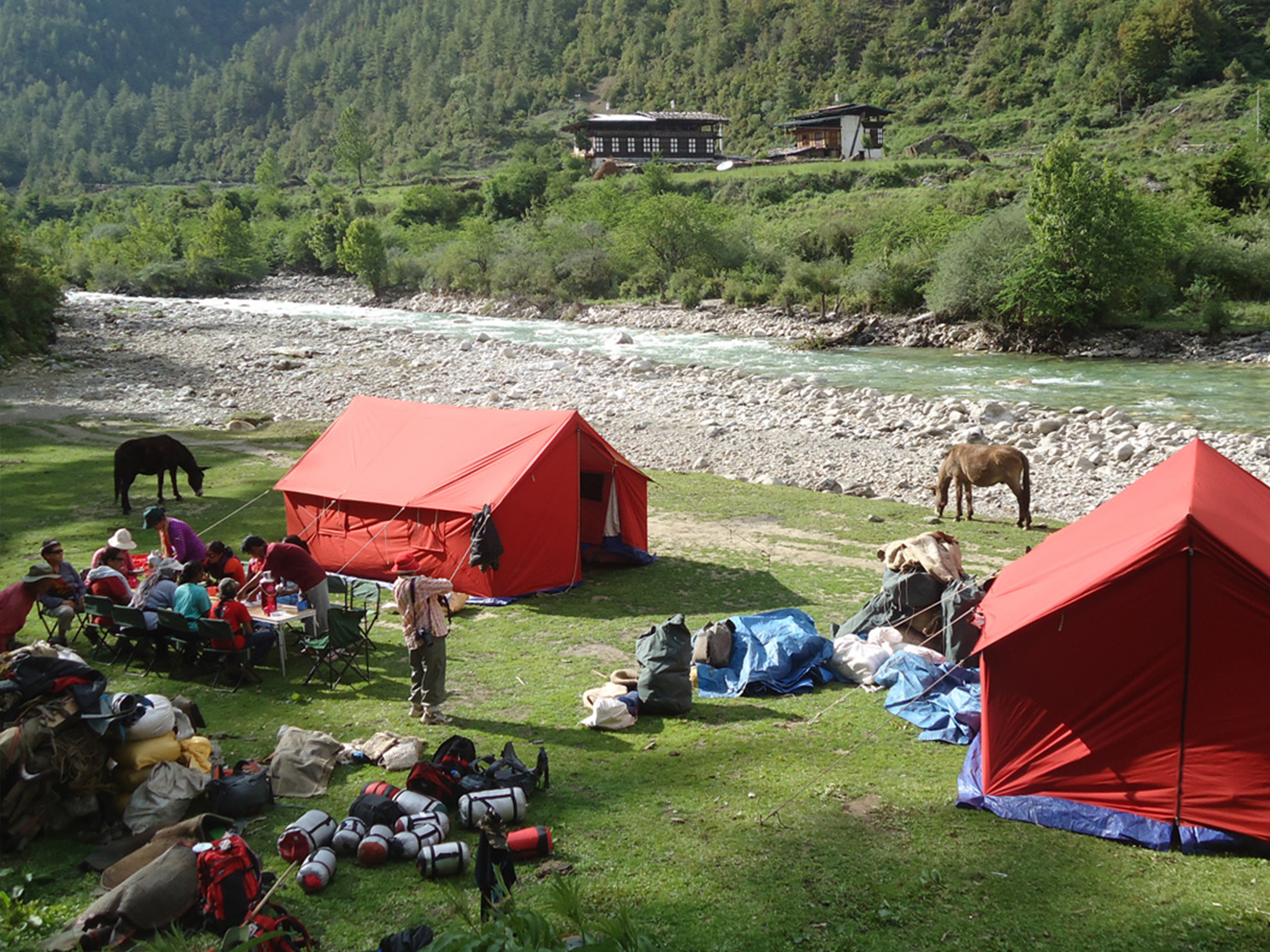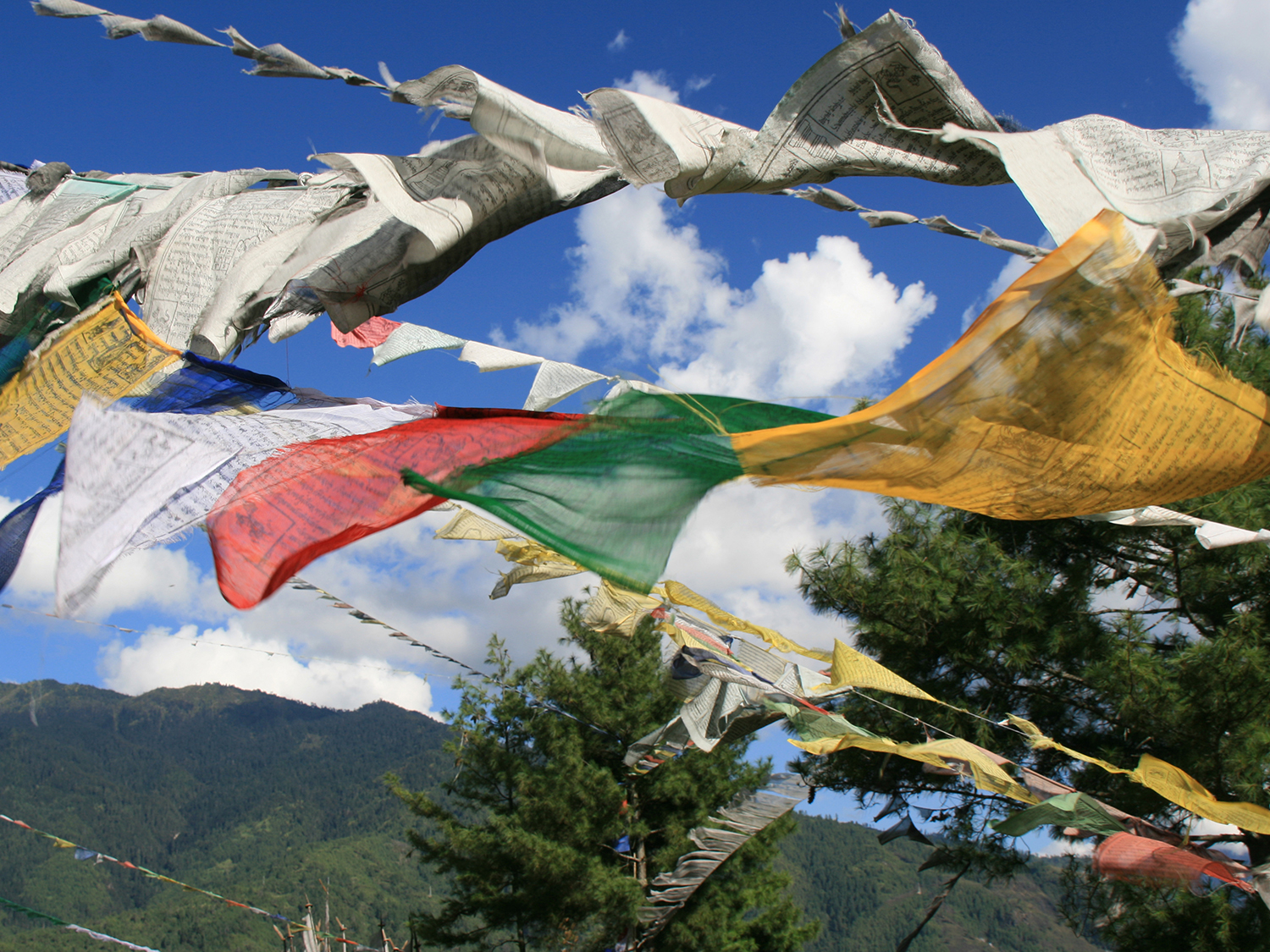Best Tours to Pench National Park, IndiaExperience the Wild: Top Tours and Adventures at Pench National Park
When do you want to go?
2024
I'm flexible
Passengers
Adults (18+)
Children (0 - 17)
Pench National Park
In the center of India, spanning the states of Maharashtra and Madhya Pradesh, is Pench National Park. The Pench River, which flows through the park and divides it nearly evenly, is the source of the park's name. Pench National Park, which was created in 1975 and designated as a tiger reserve in 1992 as part of Project Tiger, is well-known for its abundant biodiversity and breathtaking scenery. It also functions as a significant conservation area for a variety of plants and animals.
About Pench National Park
Geography and Climate
With 299 square kilometers of the main region set aside as the Pench Tiger Reserve in Madhya Pradesh and an additional 464 square kilometers as a buffer zone, Pench National Park spans an approximate extent of 758 square kilometers. The landscape of the park is made up of open grassy areas, mixed woodlands, and undulating hills. The park's various habitats are sustained by the Pench River and its many tributaries and streams.
Pench National Park has a typical tropical climate, with two distinct seasons: the dry season, which runs from November to June, and the monsoon season, which runs from July to September. Summertime highs can reach 45°C (113°F), while wintertime lows are approximately 4°C (39°F). Temperatures can vary greatly throughout the year.
Flora and Fauna
There are many different kinds of plants and animals at Pench National Park. Mahua, bamboo, and teak trees make up the majority of the vegetation, which is dotted by areas of grasslands. Its enormous diversity of animals is supported by this area, which attracts a lot of researchers and wildlife enthusiasts.
The park's tiger population is its most well-known feature. It gained legendary significance because Rudyard Kipling used it as inspiration for his beloved book "The Jungle Book." Pench is home to wolves, leopards, and wild dogs (dhole) in addition to tigers. Sightings of herbivores such as gaur, nilgai, sambar, and spotted deer are frequent. With approximately 250 kinds of birds, including migratory ones, the park is a vibrant place for avian diversity and a paradise for birdwatchers.
Wildlife
Tigers
Pench is known for its significant tiger population, with the park being immortalized in Rudyard Kipling's classic "The Jungle Book," which was inspired by the landscapes and wildlife of Pench and its neighboring forests.
Leopards
Leopards are also common in Pench, although they are more elusive than tigers. Due to their adaptability, they are frequently found close to water sources and in densely forested environments. Due to their solitary nature, leopards are more likely to be seen on safaris in the early morning or late at night.
Chital (Spotted Deer)
Gently inclined and frequently observed in groups, chitals are among the most frequently sighted creatures in Pench. Since they serve as the park's main prey for the predators, their presence is essential.
Sloth Bear
Sloth bears are nocturnal animals that mostly eat insects, especially termites. They are characterized by their shaggy coats and characteristic white chest insignia. Occasionally, during the day, they are sighted, usually in quest of food.
Guided Tours to Pench National Park
Expert naturalists and guides lead immersive wildlife experiences on guided tours of Pench National Park. Jeep safaris, nature hikes, and specialist bird-watching trips are among the options available to visitors; each provides a different perspective on the tremendous variety of the area. These year-round trips, which have their busiest months from October to June, focus on wildlife education, safe photography, and opportunity. It is advised to make reservations in advance. There are many different lodging alternatives, from luxurious resorts to low-cost lodges. By encouraging sustainable tourism practices, these excursions not only improve the experience of visitors but also aid in conservation efforts and benefit nearby communities.
Conversation Efforts
To preserve its varied environment, Pench National Park uses all-encompassing conservation techniques, with a particular emphasis on habitat management, anti-poaching efforts, and reducing conflict between people and wildlife. While water conservation and forestry initiatives improve the habitat, poaching is prevented by regular patrols, intelligence networks, and strong law enforcement. Local support is fostered by community engagement through eco-development committees, alternative livelihood programs, and education campaigns. Data-driven management is informed by scientific research, such as wildlife censuses and partnerships with academic institutions. In order to maintain Pench as a major sanctuary for biodiversity, partnerships with NGOs, governmental entities, and international organizations provide vital financing and knowledge.
Frequently asked questions
Where is Pench National Park located?
Pench National Park is situated in central India, straddling the states of Madhya Pradesh and Maharashtra. The park is named after the Pench River, which flows through it.
What is the best time to visit Pench National Park?
The best time to visit is from October to June. The park remains closed during the monsoon season (July to September) when heavy rains make the roads impassable and most wildlife remains hidden.
What kind of safaris are available in Pench National Park?
Pench offers both Jeep safaris and elephant safaris. Jeep safaris are the most popular and are available twice a day—in the morning and afternoon. Elephant safaris are less common but provide a unique way to explore the park.
How can I book a safari in Pench National Park?
Safaris can be booked online through the Madhya Pradesh Forest Department website or at the park’s entrance gates. It is recommended to book in advance, especially during peak tourist season, to secure your spot.
Is it safe to visit Pench National Park with children?
Yes, it is safe to visit with children, provided all safety guidelines are followed. Children often enjoy the experience, but parents should ensure they remain quiet and follow instructions during safaris.
Can I carry food and drinks into the park?
Carrying food and drinks into the park is generally not allowed to avoid littering and attracting animals. However, water bottles are permitted, and it's advisable to stay hydrated, especially during the summer months.
Is it possible to see a tiger during a visit to Pench National Park?
While tiger sightings are not guaranteed, Pench has a healthy tiger population, and many visitors do get to see these majestic animals. The chances of a sighting are higher with the help of experienced guides and during early morning or late afternoon safaris.
Book your next guided tour to Pench National Park
Pench National Park stands as a testament to India's rich natural heritage and ongoing conservation efforts. It offers a unique glimpse into the wild heart of India, where the roar of the tiger and the chirping of birds create an enchanting symphony of nature. By continuing to support and expand conservation initiatives, Pench can remain a sanctuary for wildlife and a source of inspiration for generations to come.
India guides
Check out these India guides to help you plan your upcoming trip!
Similar destinations
Our customers say
Excellent
4.4 out of 5 based on 275 reviews
